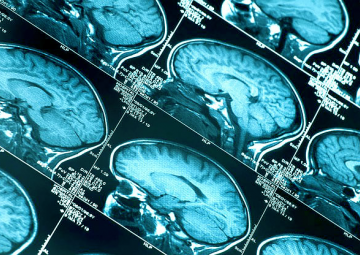Principal Investigator
Professor Philip Bath
Nottingham City Hospital
Hucknall Road
Nottingham
NG5 1PB
UK
philip.bath@nottingham.ac.uk
Summary
| Country | UK |
|---|---|
| Principal Investigator | Professor Philip M Bath |
| Contact person (email) | philip.bath@nottingham.ac.uk |
| Key publication/reference | Bath et al. PLoS One 2017; 12(1):e0164608 |
| Years in which study conducted | 2010-2014 |
| Sample | |
| Size | 83 |
| Population | Hospital |
| Selection | Consecutive |
| Admit with previous stroke? | Yes |
| Admit with TIA? | No |
| Age range | 60+ |
| Number of centres | 19 |
| Control group: number, population, selection | Randomised partial factorial trial in patients with recent stroke. No normal/community population |
| Assessment | |
| Initial: | Within 7 months: medical history, function, VRF, t-MMSE |
| First detailed assessment |
|
| Follow-ups |
|
| Stroke-related data |
|
| Functional tests/data | Disability (Barthel index), dependency (modified Rankin Scale), quality of life (EQ-5D, EQ-VAS) |
| Other medical tests/data |
|
| Neuropsychological tests | No more than above |
| MRI scans, when and how many | None |
| PET scans | None |
| Psychiatric exams/diagnoses | Mood (Zung depression scale) |
| Dementia diagnosis criteria | DSM IV |
| Intervention trialled? |
|
CT=computed tomography scan. VRF=vascular risk factors




